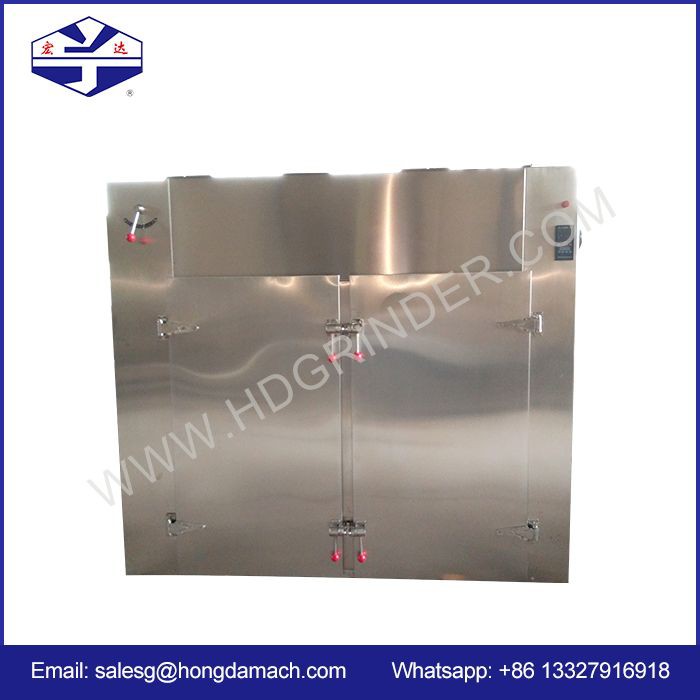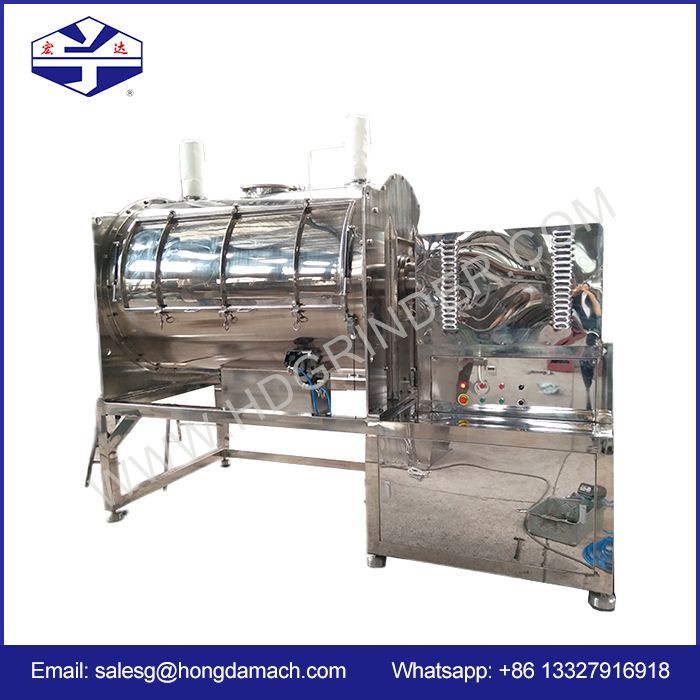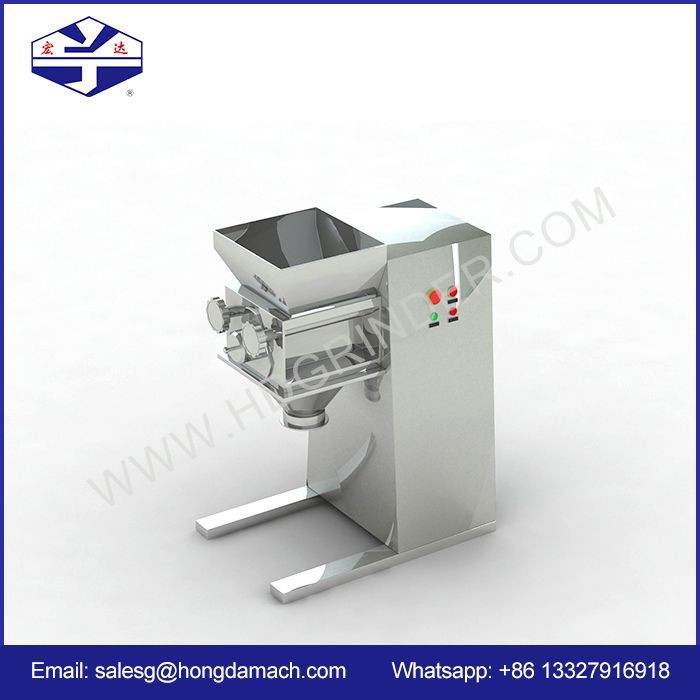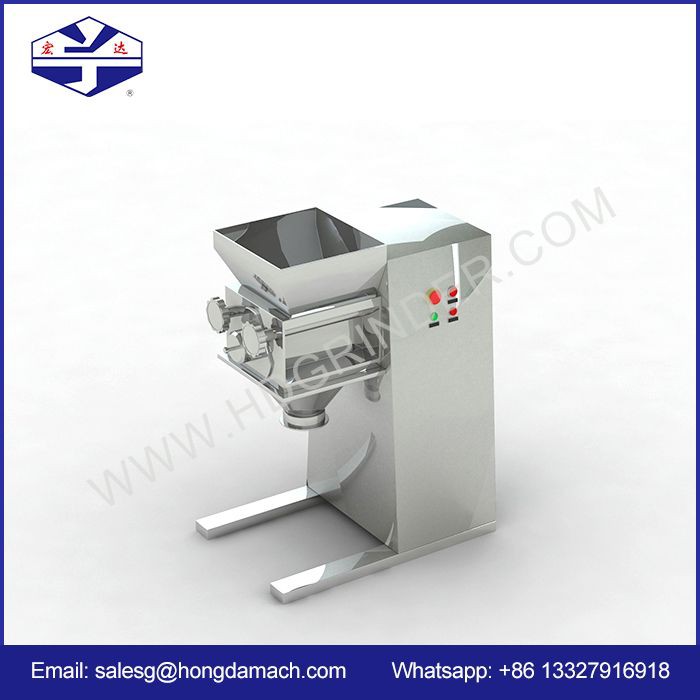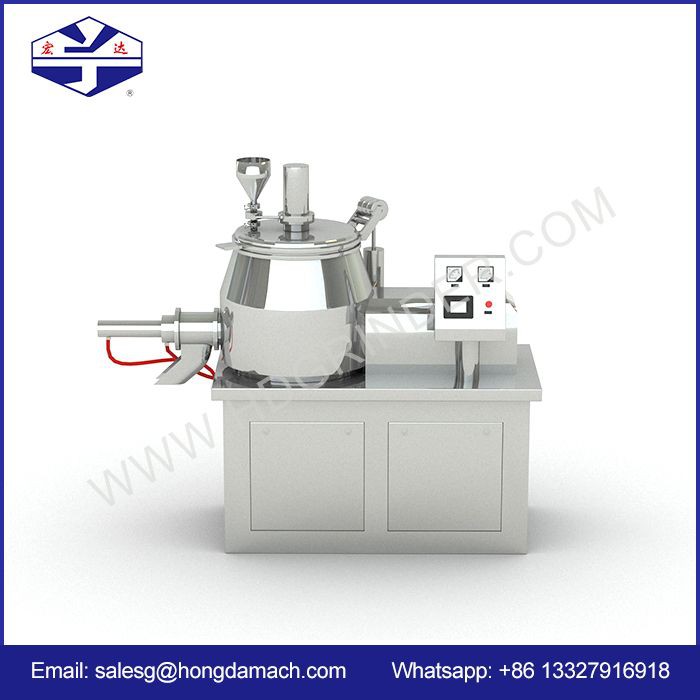Knowledge
What is the production process of Wet Mixing Granulator Machine
The wet mixing granulation process involves combining powders or granules with a liquid binder to create granules of uniform size and density. The wet mixing granulator machine facilitates this process efficiently. Here's an overview of the typical production process using a wet mixing granulator machine:
1)Preparation of Raw Materials:
The first step involves gathering and preparing the raw materials required for the formulation. This includes the active pharmaceutical ingredient (API), excipients, and any other additives needed for the desired product.
2)Weighing and Mixing:
The raw materials are accurately weighed according to the formulation recipe. They are then blended together in a mixer to achieve a homogeneous mixture. This mixing process ensures uniform distribution of the components throughout the blend.
3)Granulation:
The homogeneous powder blend is transferred to the wet mixing granulator machine. In the granulator, the powder blend is mixed with a liquid binder solution. The binder may be water or a solvent depending on the formulation requirements.
The wet mixing granulator machine consists of a mixing chamber or bowl equipped with impellers or chopper blades. These components facilitate the thorough mixing of the powder blend with the liquid binder, ensuring uniform wetting and distribution.
As the mixing progresses, the wet mass starts to form agglomerates or granules. The impellers or chopper blades exert mechanical shear forces, breaking down large agglomerates and promoting the formation of smaller, uniform granules.
4)Drying (Optional):
Depending on the formulation and process requirements, the wet granules may undergo a drying step to remove excess moisture. This can be achieved using a fluid bed dryer, tray dryer, or other drying equipment.
Drying is essential to reduce the moisture content of the granules to the desired level for storage, further processing, or packaging.
5)Sizing and Sieving (Optional):
After drying, the granules may undergo sizing and sieving to achieve the desired particle size distribution. This step ensures uniformity and consistency in the final product.
6)Packaging:
Once the granules meet the specifications and quality standards, they are ready for packaging. Granules may be packed into containers, sachets, or other suitable packaging formats for distribution and use.
Send Inquiry


